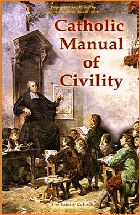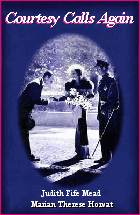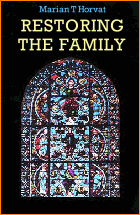Movie Review
 |
 |
 |
 |
 |
 |
 |
Mass of the Ages - 2
A Revisionist History to Favor the Council
Documentary directed by Cameron O’Hearn,
produced by O’Hearn & Jonathan Weiss, 2021-2024
Rita Stewart
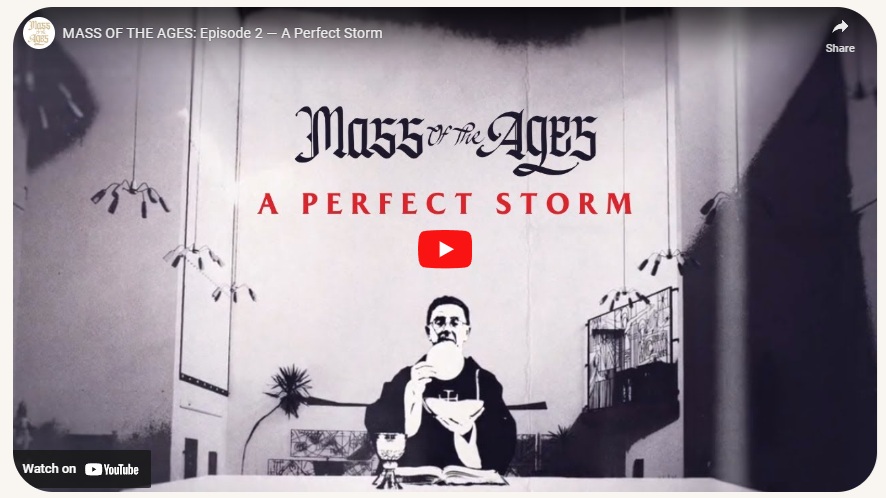
Bugnini is presented as a scapegoat for the abuses
On the contrary, it carefully weaves a bizarre narrative intended to portray Paul VI, the Council as well as the “Council Fathers” in a sympathetic light.
'What went so awry?'
Episode 2 draws the viewer’s interest with a question: “What went so awry after Vatican II?” This is not a critique of the Council itself, but rather aims to establish a clear distinction between Vatican II (good) and its aftermath (bad).
The film presents the Novus Ordo as fundamentally linked to the 1960s mindset. In the name of appealing to the modern man, this “reformed” liturgy was designed to entertain, resulting in something so banal that it ironically chased people away. An amusing sequence highlights parallels between Novus Ordo melodies and songs from popular culture, like “My Little Pony.”
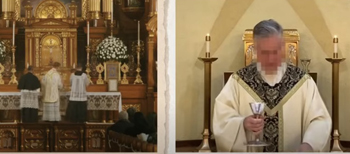
The Offertory of the Old & the New Mass
The documentary shows that once the Novus Ordo Mass was introduced to the world, the Latin Mass became almost impossible to find. Several longtime Latin Mass attendees tell us how they set up Masses in hotels in the 1980s. Traditionalists were viewed almost as heretics, they explain, and were excluded from parishes. They do not explain that this attitude came directly from the Vatican – after Paul VI replaced the Roman Missal with the Novus Ordo Missae he forbade the celebration of the “Old Mass” except in very limited circumstances.
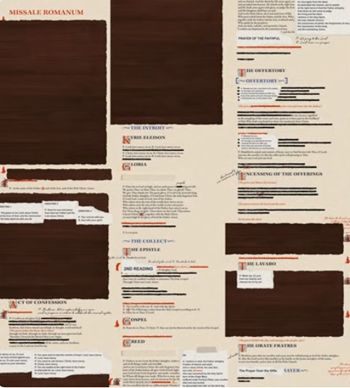
A vivid display of how the Mass text was gutted
Through the assistance of the Holy Ghost, the ceremonies organically grew in clarity and uniformity, especially during the first five centuries of Church History. The Council of Trent merely codified this existing liturgy.
The documentary asserts that after Vatican II, the Consilium for the Execution of Liturgical Reform took the unprecedented step of mangling this tree, cutting branch after branch. In addition to replacing Latin with the vernacular and limiting expressions of devotion (like signs of the Cross), they attacked the integrity of Catholic doctrine by eliminating most invocations of the Saints, as well as references to Original Sin, the Four Last Things, and the need for divine grace. They also abolished the sacrificial character of the Mass, making it into a mere “meal.”
All this raised a serious threat to the Faith.
Who is at fault for the Novus Ordo?
According to the narrative of this episode, Vatican II never advocated for such a great change in the Mass. The words in Sacrosanctum Concilium, such as “the treasure of sacred music is to be preserved,” and “the use of the Latin language is to be preserved” are quoted as evidence that the Novus Ordo departed from the spirit of the Council.
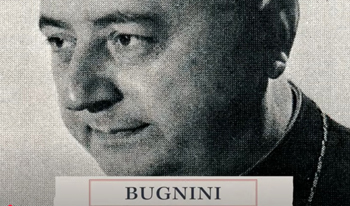
Suspected Freemason Bugnini is the sole cause of the misapplication of the Council...
Even so, French Benedictine Dom Alcuin Reid admits that the Council Fathers may have erred in their approach, though he attributes it to a simple mistake. “I think the good will of the reformers was probably very genuine, but it was probably also terribly, terribly culturally naïve,” he says.
According to this skewed view of history, the real problem began with the Consilium, which inappropriately applied the teachings of Vatican II. The villain was Msgr. Annibale Bugnini, Consilium secretary and suspected Freemason. He alone was aware of all aspects of this liturgical reform and steered it based on his insidious plans.
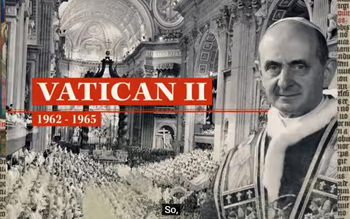
Paul VI, inseparable from the Council, presented as good willed & naïve
Despite the fact that many bishops objected to the Novus Ordo prior to 1967,the documentary claims, almost all of them capitulated at Bugnini’s insistence and adopted this “reformed” Mass. There were disastrous consequences, not the “new springtime” the Council promised. This is the simplistic narrative the documentary presents.
The 'legitimate' application of Vatican II
The documentary ends with a stunning conclusion: Modern Latin Mass communities are the authentic fulfillment of Vatican II.
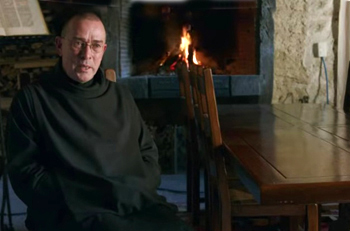
Alcuin: ‘I think St. Paul VI was very very sincere Pope... who did not set out to destroy the liturgy’
“This is slightly ironic in one sense. Those of us who live the traditional liturgy or who participate regularly in celebrations of it see the true, conscious, active and fruitful participation of people, just as the Council desired. The Rite has not changed, but the level of participation and engagement [has increased].”
In other words, all that the Council Fathers sought were more vibrant parishes with a greater active participation of the faithful. They did not intend to actually change the Catholic Faith. When we attend the Latin Mass and make an effort to participate, we are loyal to the Council Fathers’ plans.
Conclusion
The documentary aims to helps the viewer to understand the problems with the Novus Ordo, which is praiseworthy. Yet, even its good components appear as a pretext to anesthetize traditionalist reactions against the Council and the progressivist Popes, especially Paul VI, who implemented the Council and essentially forbade the Tridentine Mass.
This position may lead traditionalists to feel a sense of ownership over the Council, thinking: “This actually belongs to us; liberals have hijacked it.” It is virtually the same hermeneutic of continuity (here, here, here and here) promoted by Pope Benedict XVI.
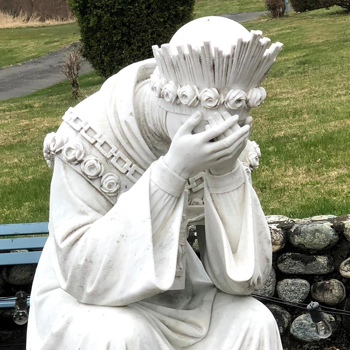
Our Lady of La Salette: ‘The Church will be eclipsed’
This crisis in the Church, which Our Lady of La Salette likened to “an eclipse of the Church,” is catastrophic. Therefore, to attribute this to a “misapplication” of the Council at the hands of one manipulative priest is nonsensical, even if we concede that Bugnini was backed by the widespread support of Freemasonry.
The documentary fails to mention that Council Fathers were merely following the legacy of pre-conciliar Neo-Modernists. Harshly condemned by Pope Pius X as the “synthesis of all heresies,” Modernism began in the late 19th century, decades before Bugnini was born. It is built upon denial of the basic truths of the Faith, such as the supremacy of the Catholic Religion, the divinity of Christ, and the absolute, unchanging nature of truth.
While veiling their words under orthodox terminology, the progressivists at Vatican II promoted the same heterodox ideas, albeit in a latent manner. Card. Ratzinger went as far as to say that Gaudium et spes, one of the most influential Conciliar documents, was “a revision of the Syllabus of Pius IX, a kind of counter-Syllabus.” It was the 1864 Syllabus of Errors that condemned the rising modernist movement. Why would Ratzinger feel the need to “revise” or “counter” it?
The next articles will further investigate the connection between Progressivism, Vatican II, and the Novus Ordo, dismantling the false narrative that the Novus Ordo departed from the “true and good” Spirit of the Council and that Paul VI was good-willed.
Continued
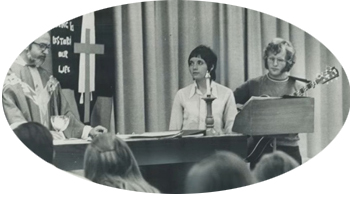
All is the fault of Bugnini...

Posted February 5, 2025
______________________
______________________



